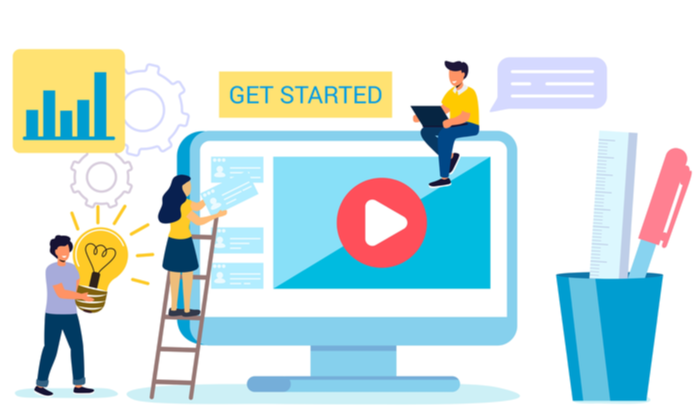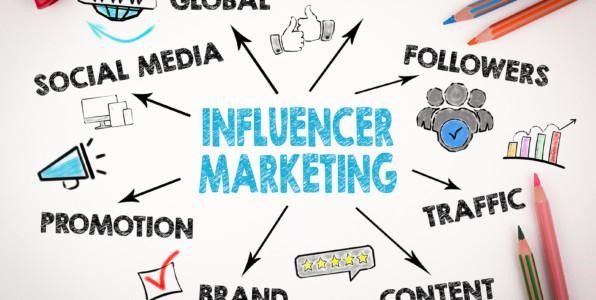Video marketing is the use of video content to promote and sell products or services. It can be an effective way to reach and engage with customers, as videos are often more engaging and attention-grabbing than other types of content.
Video marketing can take many forms, such as explainer videos, product demonstrations, interviews, testimonials, and live streams. It can be used on a variety of platforms, including social media, websites, and email marketing campaigns.
The goal of video marketing is to showcase a product or service in a way that is engaging and informative, while also building trust and credibility with the viewer. By creating compelling video content, businesses can reach new customers, increase brand awareness, and drive sales.













